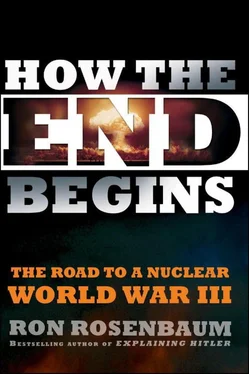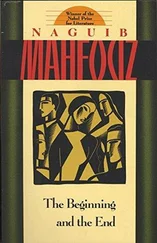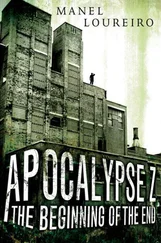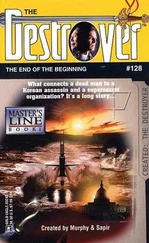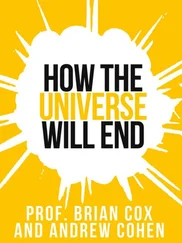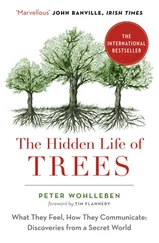I’d been there before—in 1977 on my Cold War–era tour of nuclear war nodes—inside Cheyenne Mountain, the place where the theater-size warning screens tracked every trace of a moving object heading for U.S. and Canadian airspace and determined whether it might be hostile. If two technical sensors—one radar, one satellite—were triggered, and this “dual phenomenology” as STRATCOM, the U.S. Strategic Command (formerly SAC, the Strategic Air Command), likes to call it—registered something incoming, then an “assessment conference” would be called and a decision would be made as to whether to notify STRATCOM’s underground nuclear command center in Omaha, and brief its commanders about whether to call the White House so it could fire up the president’s “nuclear football” for action.
Yes, the NORAD major confirmed to me, they’d been watching the Russian strategic flights and occasionally scrambling U.S. fighter jets to intercept them. [26] Author telephone interview with Major Bryan Martin, April 2008.
In the six months since Putin’s strategic flights program began, there had been no fewer than seventeen U.S. fighter jet interceptions of Russian bombers as they approached NORAD-patrolled U.S. and Canadian West Coast and Arctic airspace. There was an even greater number of such engagements over NATO airspace in Europe, he informed me.
Cheyenne Mountain’s Major Martin informed me that the Russians sometimes announced vague exercises that would include such flights, so as to avoid misinterpretations of the strategic flights’ intent. But anyone familiar with Cold War war-gaming knew that the best way to disguise a surprise attack was to have it develop out of what was announced as an exercise. The NORAD major said most of the intercepts were the result of Russian bombers “departing from the flight plan of the exercise they filed and approaching NORAD airspace.”
The major described the typical outlines of the seventeen episodes: U.S. fighter jets buzzing the Russian bombers and causing them to turn back from the course that would bring them closer to U.S. coastal airspace.
But those seventeen episodes only involved U.S. pilots—they did not include all the intercepts of Russian bombers performed by every NATO and Japanese fighter in non-NORAD airspace. The major placed that total number at about seventy-five, substantiating the report in AirForces Monthly.
I’ll mention just one of those interactions reported by the monthly between Russian strategic bombers and NATO jet interceptors. “On September 6, the biggest build-up of Russian airpower in NATO airspace saw as many as eight Tu-95s [nuclear-capable bombers] track their way from the Barents Sea and into the Atlantic… shadowed by 20 NATO fighters,” it said. Was it a coincidence that the Israeli raid on the Syrian reactor, the one that allegedly brought us so close to World War III, took place on September 6? The monthly also quoted a Russian source that “the NATO jets approached at what he considered potentially dangerous distances—within 16–25 feet wingtip to wingtip.” The story went on to say that “the fact that no emergency situation resulted… was a testament to the flying skills on both sides.” [27] Mladenov, “Back on the Beat,” p. 48.
Very reassuring! Let’s applaud those flying skills.
Secretary of State Condoleezza Rice eventually condemned [28] Jonathan S. Landay, “Rice Warns Moscow About Its Bomber Runs off Alaska,” McClatchy Newspapers, August 19, 2008, www.mcclatchydc.com/2008/08/18/49125/rice-warns-moscow-about-its-bomber.html .
these strategic flights buzzing our airspace, but not before the most provocative development in the strategic flights program: in July 2008, shortly before Putin sent troops into Georgia purportedly to support pro-Russian independent enclaves, the Russian Defense Ministry announced some strategic flights would be landing in Cuba and, shortly thereafter, in Venezuela. [29] Alex Nicholson, “Russia May Send Strategic Bombers to Cuba, Venezuela,” Bloomberg News, March 14, 2009.
This brought a remarkably sharp reply from U.S. Air Force general who said any such action—landing nuclear bombers ninety miles from U.S. shores—would “cross a red line.”
Suddenly all the elements for a new Cuban Missile Crisis were there. All but one: the two superpowers were no longer declared enemies, locked in a balance of terror, zero-sum death struggle. They were no longer friends, it’s true, more geopolitical rivals, but the rivalry was beginning to take a military turn. The strategic background, the context of these flights and intercepts and Cuban landings, was different from that of 1962, but it was getting progressively worse. The situation raised the possibility of what the nuclear strategists call “inadvertence”—an accidental nuclear exchange. To this day, Russia’s strategic flights program goes on, as do the dangerous intercepts.
Meanwhile, the effort to limit the buildup of nuclear weapons between the two original superpowers had stalled. The Strategic Arms Reduction Treaty, or START, expired on December 5, 2009. For months, beginning in July 2009 when Russian President Dmitri Medvedev seemed to sign on to U.S. President Obama’s goal of “a world without nuclear weapons,” there were assurances from both sides that a new START treaty for further reductions in nuclear arsenals would be signed by that expiration day, or that if it didn’t happen, the old treaty would simply be extended until the final, more bold ambitious one, was signed.
But December 5 came and went without any formal stopgap extension. The Russians instead expelled a U.S. verification team at a Russian missile factory, which had been part of START’s verification infrastructure. Suddenly verification issues—as well as BMD (Ballistic Missile Defense) issues seemed to be a stalling point, with the Russians demanding less surveillance of them and more of us, specifically the right to be able to inspect the new sea-based missile defense system the Obama administration had decided to adopt after abandoning the Polish interceptors that the Russians so strenuously objected to.
The treaty was signed in April 2010 with much ceremony but only modest reductions in warheads, from 2,200 to 1,550 on each side. As of October 2010, it had not been ratified. There is opposition to its missile defense provisions in both ratifying bodies—Congress and the Russian duma—for opposite reasons: the Russians say they have the right to withdraw from the treaty if the U.S. takes any missile defense steps not to its liking, and anti-treaty forces on the U.S. side have argued against ratification because they believe it will hamper ballistic missile defense. A formidable stumbling block.
In addition, the Russian government has kept itself busy by announcing ambitious plans to build a trillion-dollar new generation of nuclear weapons and delivery vehicles. [30] International Environmental Law blog, April 10, 2010.
The program got the world’s attention when one missile test went spectacularly awry in the skies over Norway on November 5 and put on an Avatar- blue tinted whirligig sky show just as world leaders were gathering nearby in Copenhagen to discuss global warning.
It is fascinating to hear the apprehension in a voice from deep inside Russia itself about this new bellicosity. Victor Mizin, the director of one of the few remaining independent think tanks in that country, the Institute for International Security Affairs, has written recently about a number of explicit, unilateral acts the Putin regime had taken that show a disturbing change in the superpowers’ nuclear postures. [31] Victor Mizin, “Russia’s Nuclear Renaissance,” Journal of International Security Affairs 14 (Spring 2008): 61–69.
In an article called “Russia’s Nuclear Renaissance” he cited Russia’s withdrawal from the Conventional Armed Forces Treaty in Europe along with its threats to withdraw from the Intermediate-Range Nuclear Forces Treaty, which limits the number of nuclear weapons based in Europe and Russia, along with an alarming buildup and modernization of its existing nuclear arsenal. And here’s a stunning development not widely reported but that Mizin emphasized: Moscow has threatened, in response to U.S. and European plans for a limited ballistic missile defense, “to retarget nuclear missiles on Europe.” Obama’s cancellation of the Polish interceptor plan temporarily suspended this highly aggressive threat, but the new Pentagon plan to install BMD interceptors on Romanian soil does not bode well considering the short-fused Russian reaction to missiles on its borders.
Читать дальше
